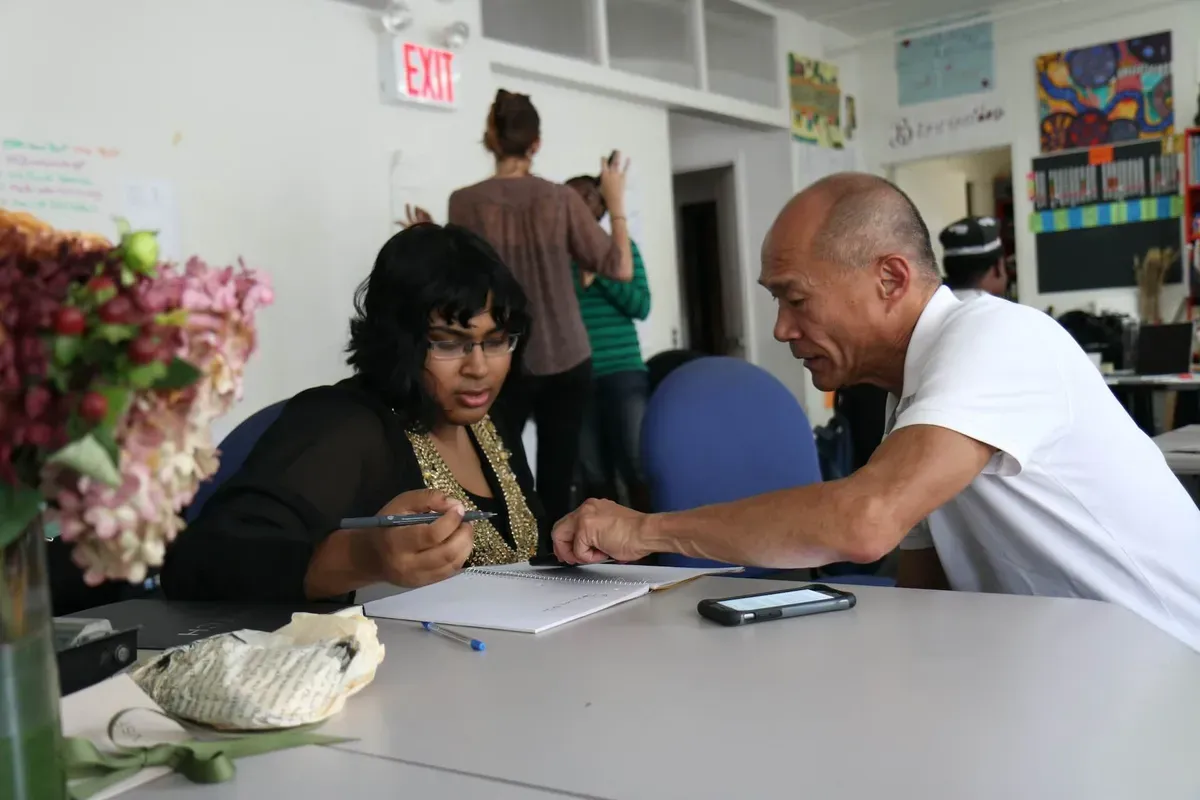
Person-Centered Therapy
Want to learn more about person-centered therapy? Click this guide and learn more about person-centered therapy and its importance.
Get carepatron free
Commonly asked questions
For older children familiar with therapy sessions you may say that it’s similar, however the therapist speaks less and listens more to the one talking, the client.
For younger children, you may say that it’s like sharing their thoughts, and feelings, and talking about their day to a close friend.
Those who typically use person-centered therapy are mental health professionals such as psychotherapists, psychiatrists, psychologists, and therapists.
Person-centered therapy can definitely be used with adults of all ages no matter their background, orientation, etc.







